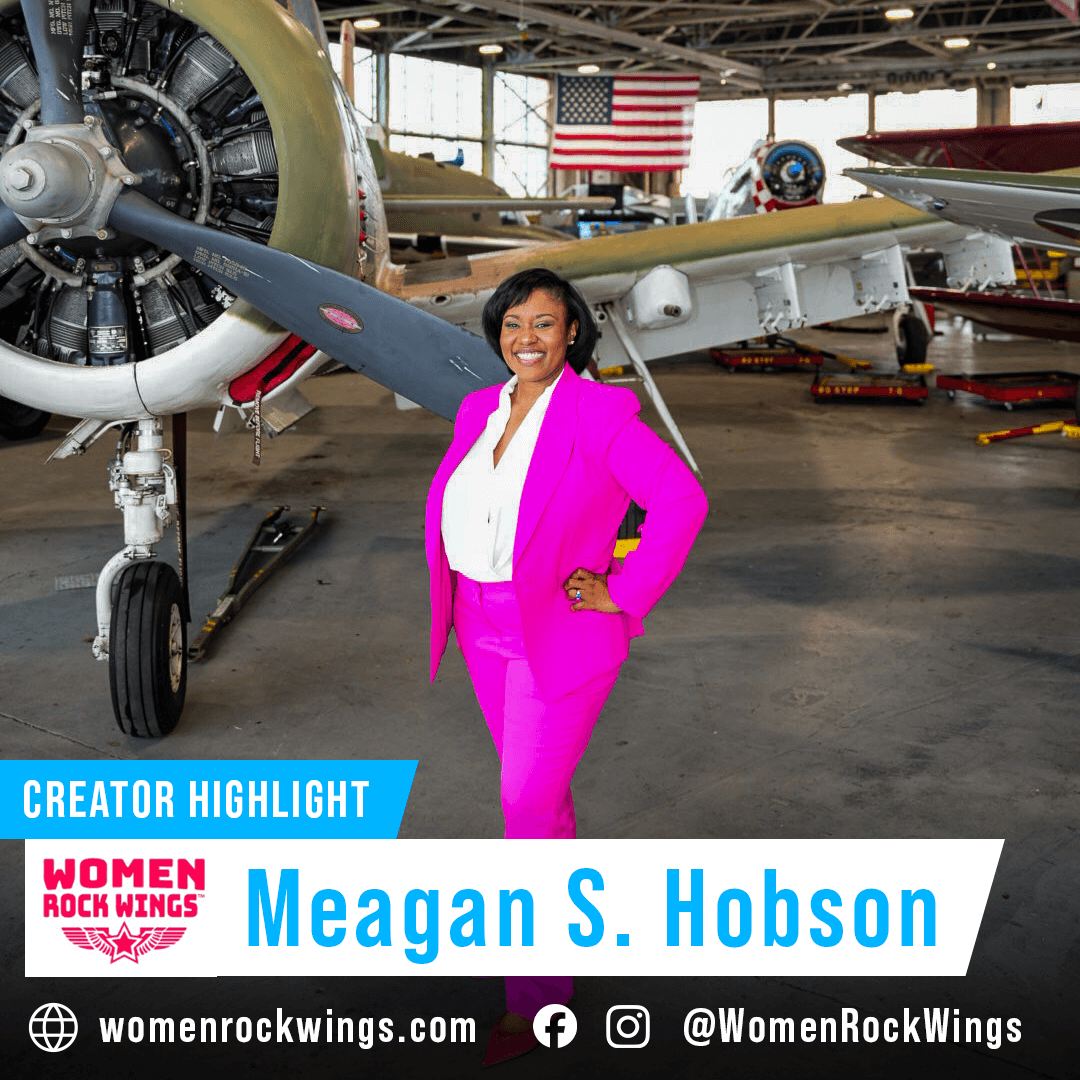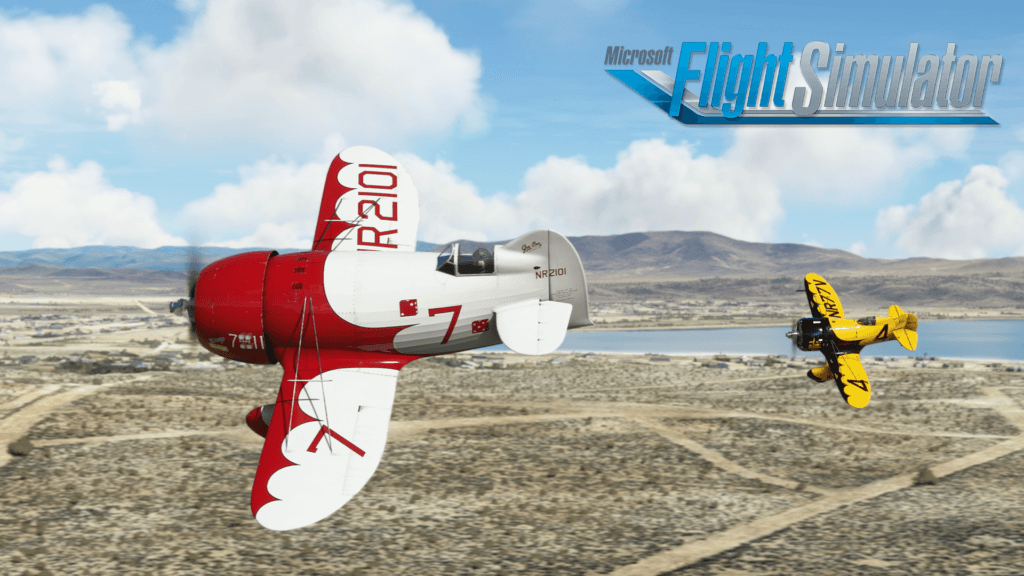Microsoft Flight Simulator’s latest Famous Flyer offerings take you into the cockpits of the most legendary speed kings of the Golden Age of Flight: The Gee Bee Model Z and the Gee Bee Model R-2. These Super Sportsters dominated air racing at the sport’s peak in the early 1930s, and they continue to captivate imaginations to this day due to their unique forms and historic successes. Exquisitely reproduced in photorealistic detail by Carenado, the Model Z Super Sportster and the Model R-2 Super Sportster are ready to be pushed to their limits in Microsoft Flight Simulator. Both are available now, with original, historic cockpits and three liveries (historic, Xbox, and Aviator’s Club), for both PC and Xbox, in the Marketplace.
The 1920s and 1930s witnessed incredible strides in aircraft development, opening new frontiers for passenger travel, exploration, logistics, and science. The Golden Age of Flight also saw the rise of airplanes built for raw speed, ones conceived to not just go fast—and then faster—but to be the very fastest. During the Golden Age of Air Racing, aircraft streaked past crowds of over 100,000 that cheered on pilots to squeeze every last bit of velocity from their machines, machines built for one purpose only: to win.
Among the many companies vying to create aircraft to roar into first place at air races, one firm stood above all others, Granville Brothers Aircraft. Based out of Springfield, Massachusetts, the company emerged in 1925 as an aircraft repair shop and then stepped into the world of manufacturing original models, some of which debuted at air races shortly after their release. By the late 1920s, the company had achieved its first speed successes with its “Sportster” design, leading the firm to idealize a model purpose-built to win first place, and not just in any air race, but first place at the National Air Races. The Gee Bee (“Gee Bee” is a phonetic representation of the initials for Granville Brothers) Super Sportster concept was born, and it was an aircraft unlike any before—or since.
Small in size, but very big in power, the first Gee Bee Super Sportster, the Model Z, was built specifically to win the Thompson Trophy pylon competition at the 1931 National Air Races, held in Cleveland, Ohio. The Granville Brothers employed techniques that were pioneering at the time to create the speed beast, including one of the first wind tunnel regimens in aviation history. The aircraft features a burly fuselage, a low-mounted straight main wing, a traditional empennage, and a fixed standard undercarriage with aerodynamic wheel pants on its main landing gear. Perhaps its most distinguishing feature is the location of its cockpit: abutted against the leading edge of the aircraft’s vertical stabilizer. The Model Z is powered by a Pratt & Whitney R-985 Wasp Junior supercharged 9-cylinder radial engine that delivers a maximum 535 horsepower to a fixed-pitch, 2-blade Curtiss Reed propeller. The powerful engine, combined with the unique Super Sportster design, makes for a blazing-fast aircraft, but one that can be very challenging to fly, notably during landing.
The Model Z, flown by famed race pilot Lowell Bayles in the 1931 Air Races, clocked a top speed of 267.342 miles per hour on August 22 during the Shell Speed Dash Qualifying round. Bayles and the Gee Bee then took home first place in the Thompson Trophy race, achieving the Granville Brothers’ aspiration of victory that led them to create the aircraft.
Months later, on December 1, 1931, Bayles clocked an unofficial speed of 314 miles per hour in the Model Z that the Granville Brothers fitted with a 750-horsepower Pratt & Whitney R-1340 engine. Sadly, during another record attempt on December 5, the Gee Bee crashed, killing Bayles and completely destroying the aircraft. The cause of the tragedy remains a mystery to this day.
In the wake of the great success of the Model Z, the Granville Brothers hit the drawing board again to create the next iterations of the Super Sportster line, the Model R-1 and the Model R-2, intending for them to compete in a number of categories in the 1932 National Air Races. The R-2, which has the same iconic form and engine as the Model Z, but with a slightly longer fuselage and wingspan, placed fourth in the cross-country Bendix Trophy Race, and fifth in the Thompson Trophy Race. Its top speed during the 1932 National Air Races was 247.339 miles per hour, set during the qualifying round for the Thompson Race.
Like the Model Z, the R-2 crashed beyond repair. Decades later, a recreation of the R-2 took to the sky, and two replicas of the Model Z were built. One of the Model Z replicas, constructed in 1978 by retired U.S. Navy pilot Bill Turner with input from Bob and Ed Granville to ensure utmost accuracy, was flown by famed Reno Air Races pilot Steve Hinton in the 1991 movie The Rocketeer, which is set in the latter days of the Golden Age of Flight. Today, it resides in Seattle’s Museum of Flight for the public’s enjoyment. The Microsoft Flight Simulator team travelled to the museum and carefully studied and scanned the aircraft to form the basis of the flight simulator version.
Both the Model Z and the Model R-2 are ready to race again, in the Microsoft Flight Simulator digital twin world. Like the originals, each is blazing fast, and each requires a careful touch on the controls from engine start to stop. The Gee Bee Super Sportsters come with original historic cockpits and three liveries (historic, Xbox, and Aviator’s Club), and are available for both PC and Xbox in the Marketplace for $14.99.

